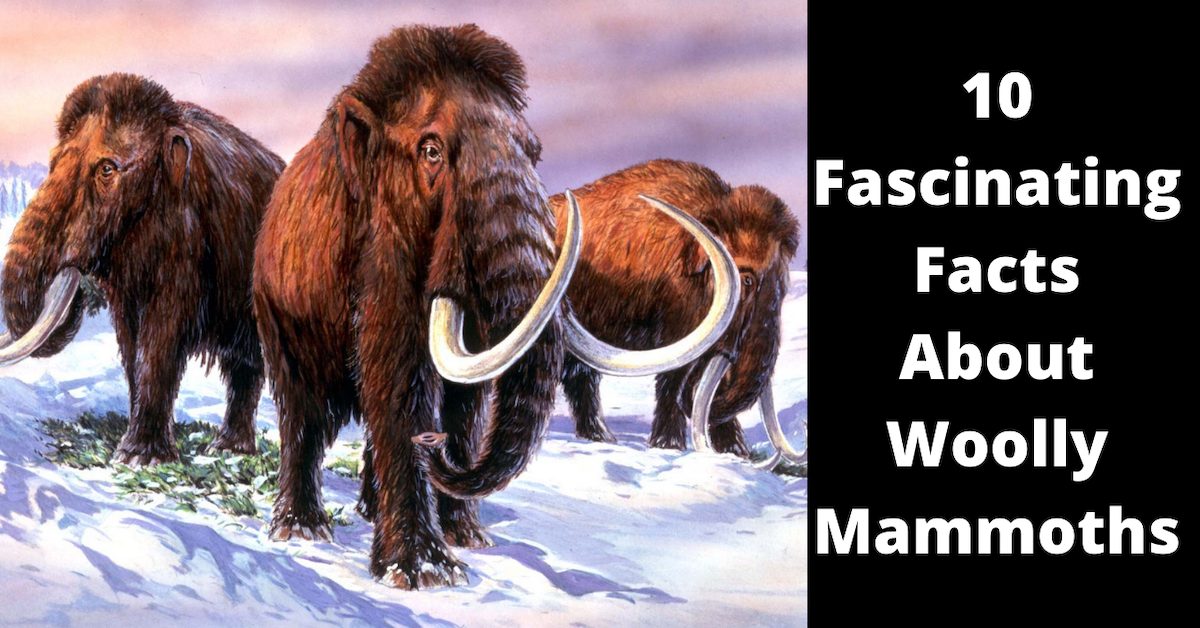If there’s one thing the Ice Age movie franchise has shown, it’s that society has a fascination with woolly mammoths. These now-extinct mammals usually come to mind when the Ice Age is discussed, and their frozen remains are frequently found throughout the Arctic permafrost.
Here are 10 facts about these mammoth creatures that are sure to pique any trivia master’s interest.
What’s in a name?
Early people interpreted things differently than we do today, and that’s no exception when it comes to woolly mammoths. Their name means “earth mole,” and it was believed they lived underground, as exposure to sunlight was fatal. It was also thought they had fingers at the end of their trunks, none of which turned out to be true.
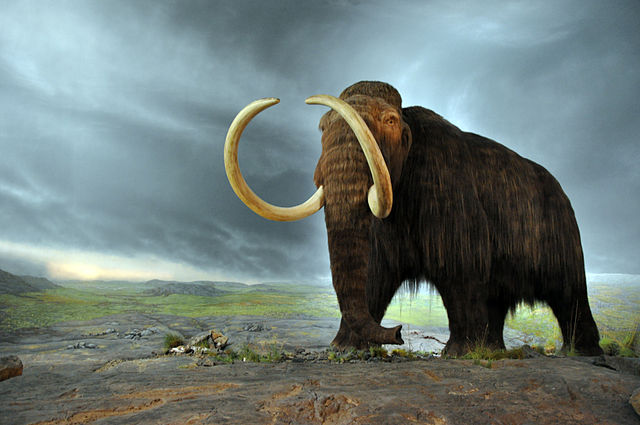
Another interesting fact: it was believed throughout the Middle Ages and into the 18th century that their bones were actually those of ancient giants that had perished during Noah’s fabled flood.
They migrated from warmer climates
While it’s presumed mammoths had always resided in colder climates, the fact is their reach was much wider. In fact, they lived on almost every continent, except for Australia and South America.
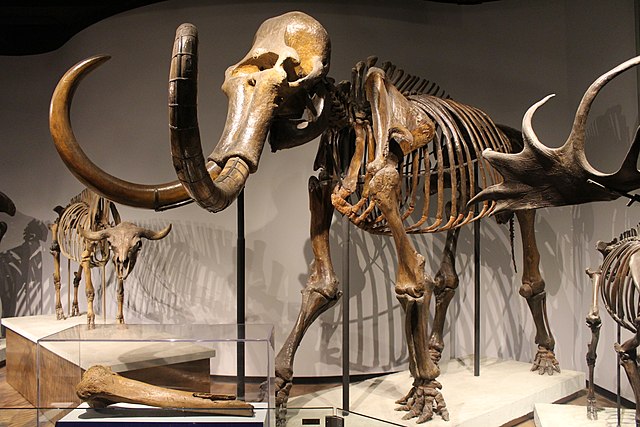
According to a research group from the University of Manitoba, the woolly mammoth, much like its Asian elephant cousin, originated in Africa between 6.7 and 7 million years ago. It wasn’t until 4 million years later that the species traveled to southern Europe, and another million years for them to make their way north to Siberia and the northern plains of Canada.
It’s believed this latter migration occurred during the Ice Age when formerly impassable waterways became accessible to land mammals.
They weren’t as big as we think
While the term “mammoth” implies a large size, in reality, woolly mammoths weren’t all that bigger than modern African elephants.
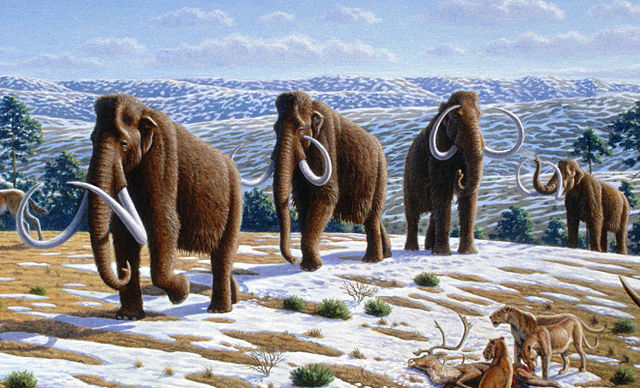
Research shows a typical male woolly mammoth reached a shoulder height of between nine and eleven feet and a weight of six tons. Its larger cousin, the steppe mammoth, was slightly larger, standing between 13 and 15 feet at the shoulder.
Their tusks provide the same information as tree trunks
Just as the age of a tree can be determined by looking at the rings of its trunk, scientists can learn a lot about a mammoth’s life by examining its tusks.
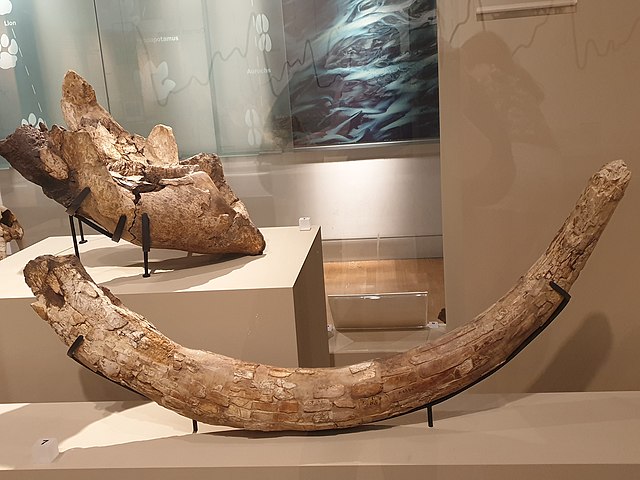
Tusks feature rings, similar to those of trees. The larger rings represent each year of the mammoth’s life, while the smaller ones show the weeks and days in between. Their thickness also offers insight into the mammal’s overall health.
There’s even a way to tell what time of year the mammoth died. For example, darker lines are indicative of a summertime death.
Genetics kept them warm
While many mammals are unable to survive the freezing temperatures of the Arctic, the woolly mammoth was built for the climate. Its fur consisted of a long, coarse outer coat and a shorter, woolly inner coat. As well, its ears were shorter to minimize the effects of heat loss and frostbite.
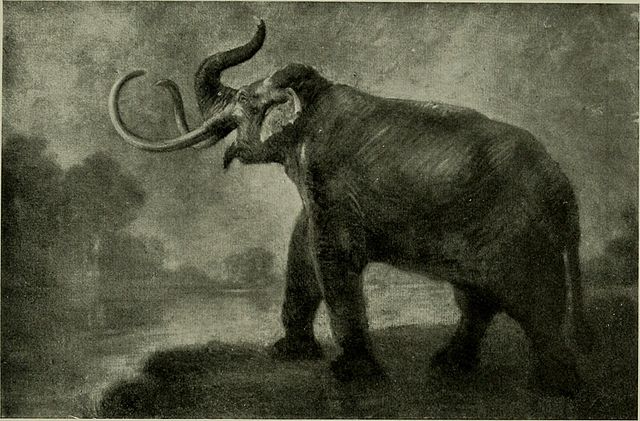
Additionally, a genetic mutation may have altered the way oxygen was delivered by the bloodstream. This resulted in mammoths evolving a cold-resistant type of hemoglobin, which greatly aided their survival on the frozen tundra.
The best-preserved woolly mammoth is named Buttercup
In 2013, researchers traveled to a remote island in Siberia. While there, they located the nearly fully intact body of a female mammoth. There was even a red, blood-like substance coming from the body. She was nicknamed “Buttercup,” after analysis of the feces and bacteria in her intestines showed a diet consisting of plant life, such as buttercups and dandelions.
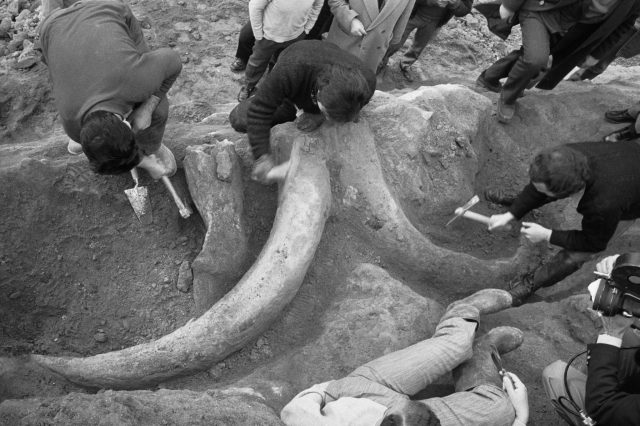
Buttercup lived approximately 40,000 years ago. She was 50 years old, and during her life weaned eight babies and lost one. She likely died after becoming stuck in a peat bog, which left her vulnerable to attacks from predators.
Her DNA also makes her a likely candidate for the future cloning of mammoths, but more on that later.
Tusks weren’t just used for fighting
While mammoths used their tusks to fend off opponents and predators, that wasn’t their only use. Tusks allowed them to forage for food. They used them to dig up shrubs, plants, and roots buried beneath the snow and frozen tundra.
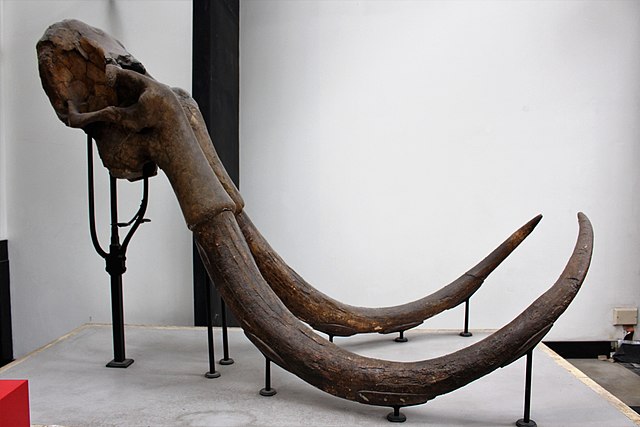
Bonus fact: it takes two strong humans to lift one mammoth tusk!
The last known groups likely died of dehydration
It’s widely reported the majority of mammoths died out tens of thousands of years ago. However, there was a small population living off the coast of Alaska, on Saint Paul Island in the Bering Sea, approximately 5,600 years ago.
Their demise was likely due to the Earth warming toward the end of the last Ice Age. As sea levels rose, the land on the island started to disappear, and freshwater lakes were lost to the ocean. This meant the mammoths were forced to share what little drinkable water sources remained.
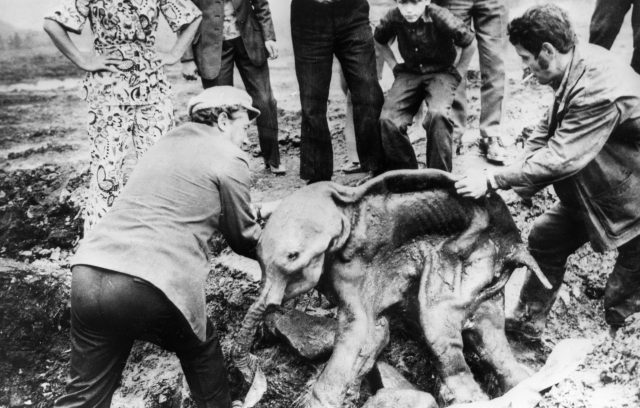
Given these mammals likely drank between 70 and 200 liters of water per day, it’s presumed the remaining freshwater reservoirs dried up rather quickly. This, paired with sedimentary erosion contaminating the water, meant the population likely died from thirst.
Humans and woolly mammoths had a unique relationship
While early humans hunted mammoths, it wasn’t something they often sought to do. When they did slaughter one, they ensured they utilized the whole animal.
Along with eating the meat, they used the bones and tusks when building shelters, tools, furniture, and sculptures. Weapons were also fashioned with tusks shaped into arrows and spear tips.
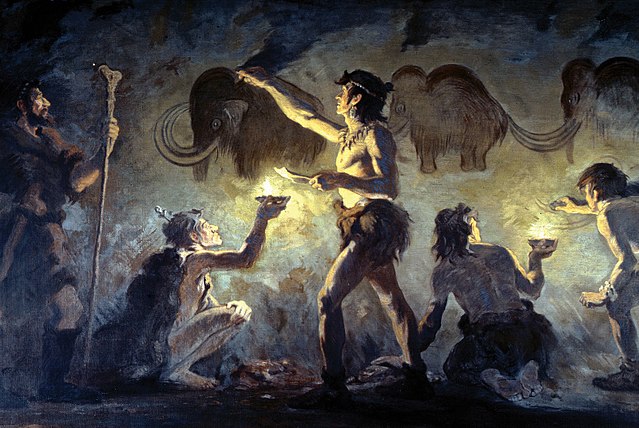
Mammoths are also the most represented animal from the Upper Paleolithic Period. This is based on cave paintings found in the Grotte de Rouffignac in France. There, 158 depictions were found, more than any other animal from the era.
Cloning might be a future possibility
Given the frozen tundra has preserved the bodies of woolly mammoths relatively well, there’s a possibility scientists may one day clone the mammals. While chances are slim of finding a specimen whose DNA hasn’t been degraded, many hold out hope one will be found as the Arctic thaws.
Harvard geneticist George Church is looking into gene-editing in order to intermix mammoth DNA with that of modern elephants. This is viewed by many as the first step of manipulating DNA to create a “proxy” species of mammoth. While not the same as their extinct counterparts, they would share similar functions and traits.
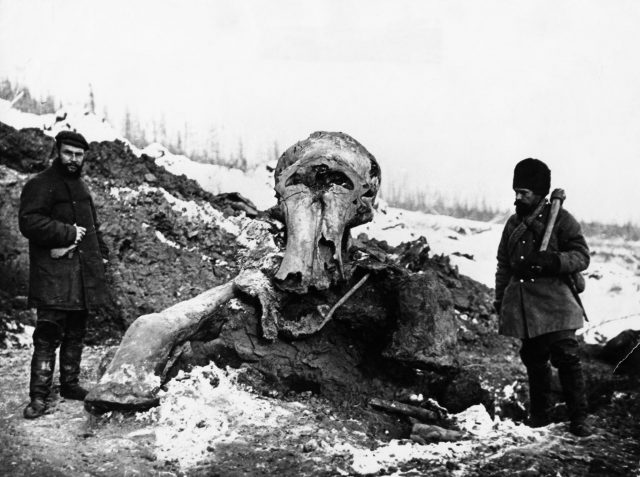
While the possibility is intriguing, there are many who contest it. There are fears modern microbes have evolved to the point where mammoths may not be able to digest food, while others express concern over how their habitat has changed. The lush greenery has largely been replaced by urban sprawl and farmland.
More from us: Million-Year-Old Ancient Tools Used By Homo Erectus Found In Sudan
One thing is certain: as science progresses, cloning will continue to be a contested topic, both within and outside of scientific circles.
